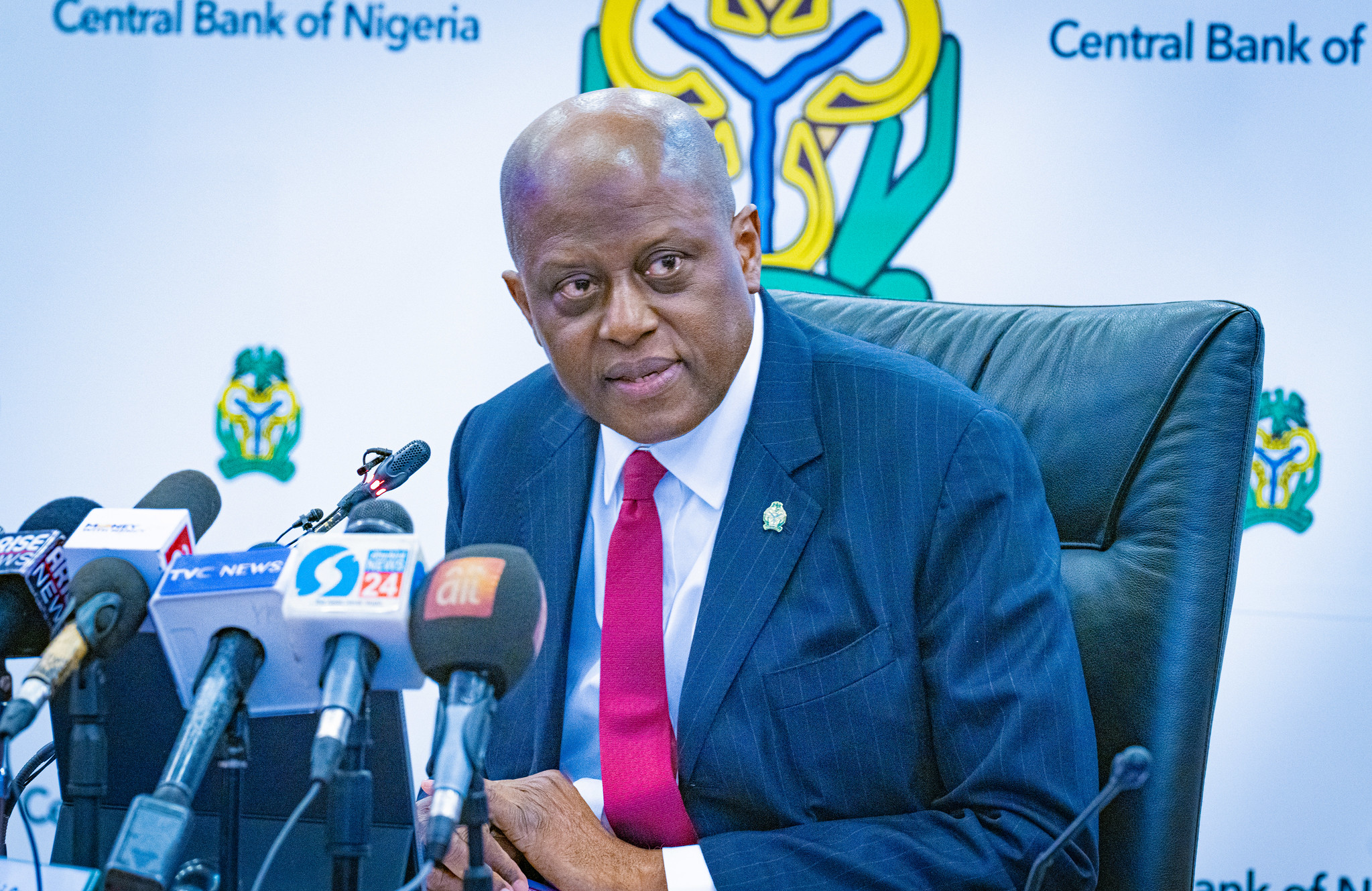Ten years into a dream to connect Vancouver, B.C., Seattle and Portland via a high-speed rail line, stakeholders and backers of the mega-project said Wednesday that they’re still very much onboard — and to prepare for a long trip.
With a lengthy and uncertain timeline ahead, former U.S. Secretary of Transportation Ray LaHood, a speaker at the Cascadia Innovation Corridor conference in Seattle, cautioned many of those in attendance that they likely won’t live long enough to see high-speed rail in the Pacific Northwest.
“When you build big things, they cost big money,” LaHood said. “It took us 50 years to build the interstate system.”
LaHood said the key is to “get on board” now so that “our children and grandchildren” will reap the benefits.
At Cascadia Innovation Corridor’s annual event this week, much of the focus was on how to strengthen the cross-border partnership between three growing cities and numerous locales in between. Leaders discussed ideas around innovation, housing affordability, sustainability, and economic development. They signed a Memorandum of Reaffirmation to solidify commitments.
And Wednesday was about the enhanced transportation connectivity that could help drive it all, and the work that lies ahead in building a coalition of public and political support across the region, securing funding, jumpstarting planning, and more. Even producing videos like the new one below is part of the massive outreach under way.
Former Washington Gov. Chris Gregoire, Cascadia Innovation Corridor’s chair, said that a decade ago, high-speed rail was just an idea. The next decade can be a defining one.
“You would have thought we were thinking of doing something in outer space by the reaction,” she said. “Today, it is much more than an idea, and we are actually moving forward. While we do have a long way to go, as you well know, we’re funding the first phase of planning built on one of the most unique coalitions in North America.”
Envisioning a mega-region akin to Silicon Valley, in which Vancouver, Seattle and Portland are each only an hour apart, Gregoire highlighted the possibilities that could come with high-speed mobility.
“A UW student can intern in Vancouver, a family in Puget Sound can explore a job in Portland, and a cancer researcher in Vancouver can get home for dinner after a shift in Seattle,” she said. “It’s a new way of living, working and connecting, one that expands what’s possible for everyone who calls Cascadia home.”

The pace to make the dream a reality has been anything but high-speed.
In 2017, Microsoft — which has an office in downtown Vancouver — gave $50,000 to a $300,000 effort led by Washington state to study a high-speed train proposal. In 2021, officials from Washington, Oregon and British Columbia signed a memorandum of understanding to form a committee to coordinate the plan.
Last year, the Federal Railroad Administration awarded the Washington State Department of Transportation $49.7 million to develop a service development plan for Cascadia High-Speed Rail. A timeline on WSDOT’s website points to 2028 for estimated completion of that plan, and for 2029 and beyond it simply says, “future phases to be determined.”
Cascadia is not alone in its quest for high-speed rail.
LaHood, a Republican cabinet member in the Obama administration, recalled the former president’s commitment to rail transportation. He said the Trump administration “clawing back” $4 billion in funding for California’s high-speed rail project between San Francisco and Los Angeles should not be considered a “death knell,” despite challenges in that state.
LaHood pointed to Brightline train projects in Florida, connecting Orlando and Miami, and Las Vegas, with a plan to offer high-speed connectivity to Southern California. Another plan in Texas would connect Houston and Dallas. All are evidence, he said, that this mode of transportation is what Americans want in order to avoid clogged highways and airports.
“Once the politicians catch on to what the people want, boom, you get the kind of rail transportation that people are clamoring for,” LaHood said.
Here are highlights from other speakers at the conference on Wednesday:

- WSDOT Secretary Julie Meredith pointed to big Seattle transportation infrastructure projects that transformed the city, including the removal of the Alaskan Way Viaduct and construction of the SR 99 waterfront tunnel, as well as the new SR 520 floating bridge. “I so often describe this program as one I’m most excited about, because it’s an opportunity for us to so fundamentally transform our region up and down the I-5 corridor,” Meredith said.
- Chelsea Levy, Cascadia High-Speed Rail project manager, said the region can expect a 25% increase in population, or about 3.4 million more people, by 2050. “This pace and magnitude of growth really requires us to act,” Levy said. Among other things, WSDOT will need to integrate with B.C. and Oregon transportation networks and, Levy stressed, the scale and complexity of the project will require a streamlining of permitting processes across the 345-mile mega-region.
- Hannah Doubrava, a Vancouver-based corporate affairs director at Microsoft, leads the Cascadia initiative for the tech giant. She said the company’s support is not just symbolic, and that Microsoft believes modern, efficient transit and transportation options are essential for improved quality of life. “Cascadia is all about partnerships and relationships — despite the current geopolitics or baseball scores,” she said in a nod to Canada’s team, the Toronto Blue Jays, denying the Seattle Mariners a trip to the World Series.
Related:
- Microsoft’s Brad Smith makes nuanced AI pitch: Huge potential, real concerns, and a Jon Stewart clip
- Longterm vision for Seattle-Portland-Vancouver mega-region will require a ‘consensus on growth’
- Study: High-speed rail connecting Seattle to Vancouver BC would spur $355B in economic growth











